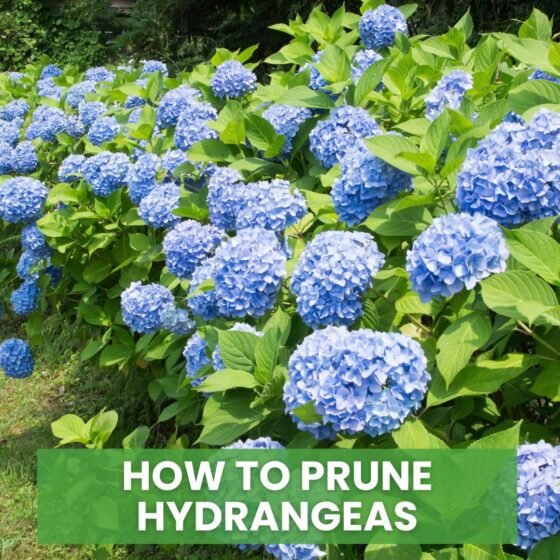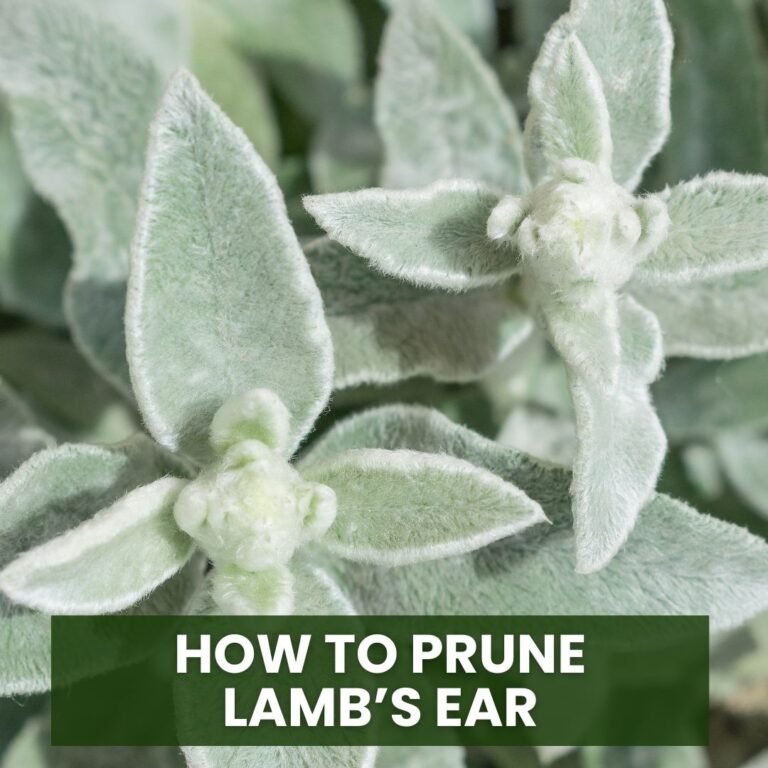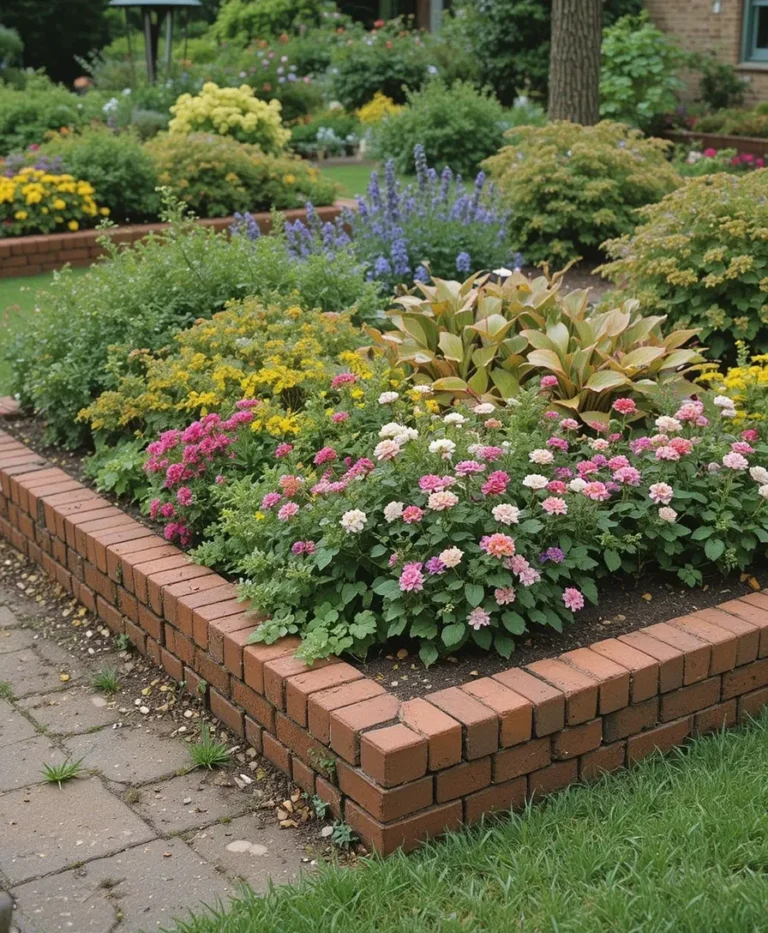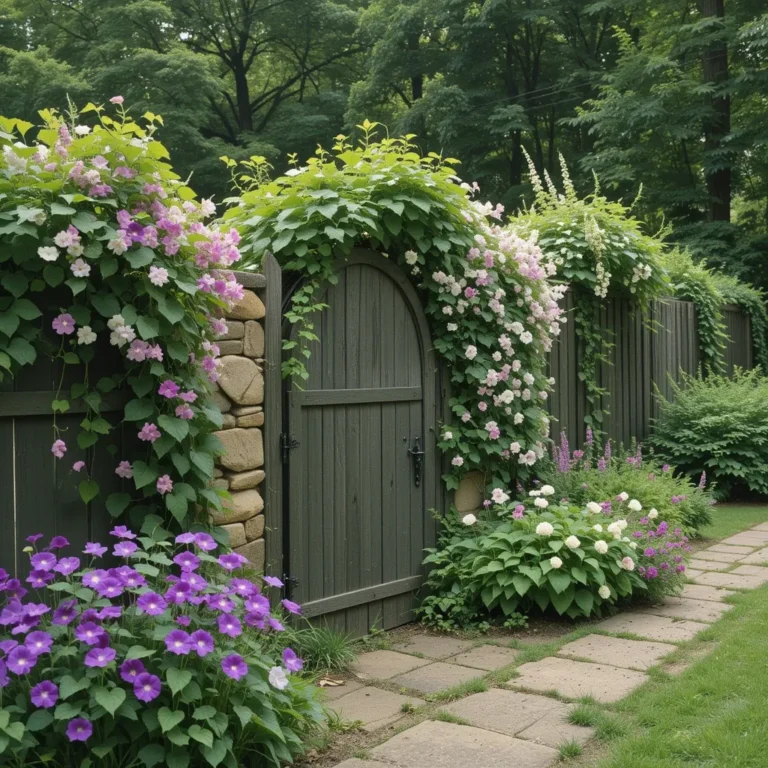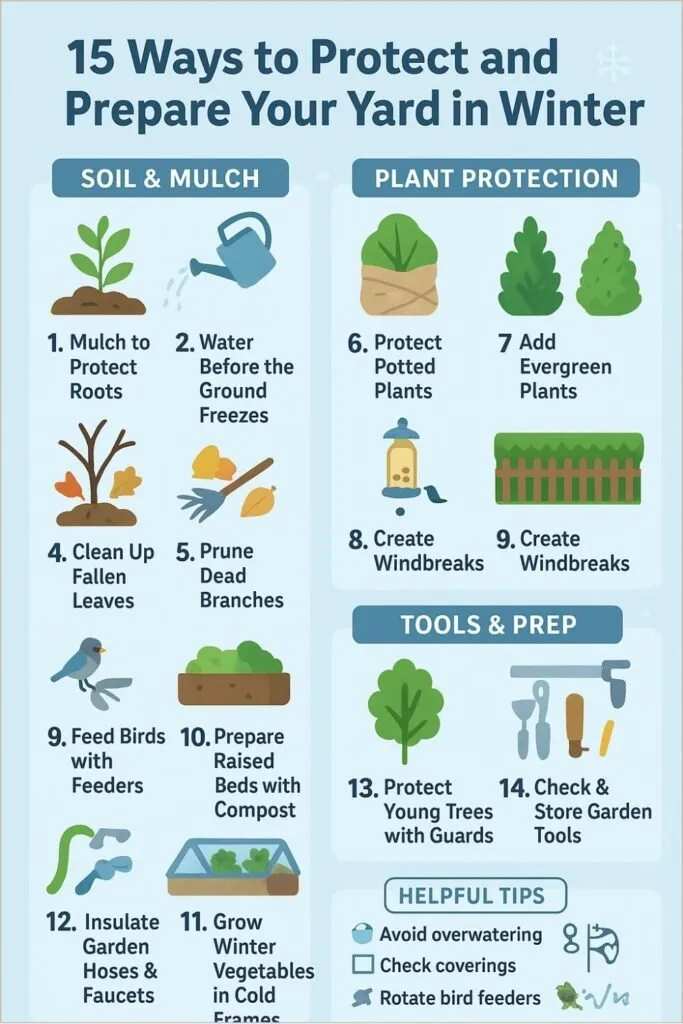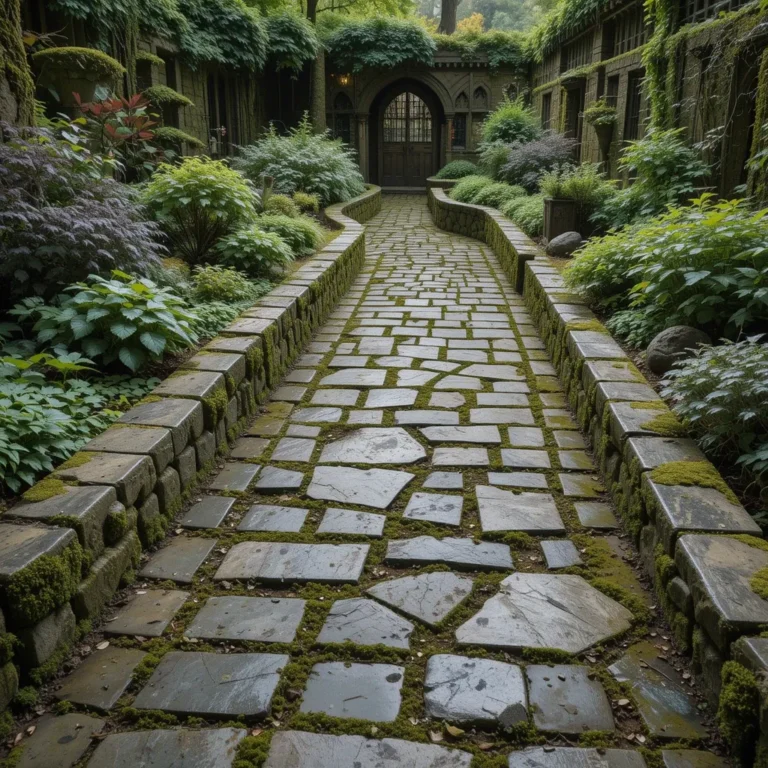How to Prune Hydrangeas: The Complete Guide for Every Gardener
Why Pruning Hydrangeas Is So Important
Pruning isn’t just about keeping your hydrangeas looking neat. It plays a key role in encouraging healthy growth, controlling size, and maximizing blooms.
Without proper pruning, hydrangeas can become overgrown, produce fewer flowers, or develop weak stems.
With the right method, you’ll enjoy fuller, brighter, and healthier shrubs year after year.
Step One: Identify Your Hydrangea Type
The first and most important step is knowing which hydrangea you have. Each type blooms differently, which affects how and when you should prune. The main categories are:
-
Bigleaf Hydrangeas (Hydrangea macrophylla) – Bloom on old wood (last year’s growth).
-
Oakleaf Hydrangeas (Hydrangea quercifolia) – Bloom on old wood.
-
Climbing Hydrangeas (Hydrangea petiolaris) – Bloom on old wood.
-
Panicle Hydrangeas (Hydrangea paniculata) – Bloom on new wood (this year’s growth).
-
Smooth Hydrangeas (Hydrangea arborescens) – Bloom on new wood.
Knowing this difference is essential. If you prune old wood bloomers in the wrong season, you could accidentally cut off next year’s flowers.
How to Prune Bigleaf Hydrangeas (Old Wood)
Bigleaf hydrangeas are the most common variety, famous for their pink or blue blooms. Since they bloom on old wood, the key is to prune right after flowering in summer. Only remove dead stems and lightly shape the plant. Avoid cutting in late fall or spring, as this removes buds that will produce blooms.
How to Prune Oakleaf Hydrangeas (Old Wood)
Oakleaf hydrangeas have dramatic foliage and cone-shaped blooms. Like bigleaf varieties, they bloom on old wood. Prune immediately after flowering by removing faded blooms, dead stems, and crossing branches. Keep the natural shape intact, as heavy pruning will reduce next year’s flowers.
How to Prune Climbing Hydrangeas (Old Wood)
Climbing hydrangeas attach to walls and trellises with aerial roots. They bloom on old wood, so prune in mid-summer after flowering. Cut back any overgrown or straggly vines, but avoid heavy pruning since these plants take longer to recover.
How to Prune Panicle Hydrangeas (New Wood)
Panicle hydrangeas are low-maintenance and bloom on new wood, making them forgiving to prune. Cut them back in late winter or early spring before new growth emerges. Remove up to one-third of the shrub’s height to control size and encourage more blooms.
How to Prune Smooth Hydrangeas (New Wood)
Smooth hydrangeas, like the popular ‘Annabelle’ variety, bloom on new wood. Prune in late winter or very early spring. Cut back stems to about 12–18 inches from the ground to encourage stronger, sturdier growth with larger flowers.
Deadheading Hydrangeas for Continuous Beauty
Deadheading, or removing spent blooms, helps keep your hydrangea looking fresh. For old wood varieties, snip off faded flowers just above the first set of healthy leaves. For new wood types, deadheading isn’t strictly necessary but can enhance appearance.
The Best Tools for Pruning Hydrangeas
Using the right tools makes pruning easier and healthier for your plants. Always keep:
-
Bypass pruners – For clean cuts on small stems.
-
Loppers – For thicker branches.
-
Gloves – To protect your hands.
-
Rubbing alcohol – To disinfect tools between cuts and prevent disease.
Timing Is Everything
Pruning at the wrong time is the most common mistake gardeners make. Old wood hydrangeas should be pruned in summer after flowering, while new wood hydrangeas should be pruned in late winter or early spring. Timing ensures you don’t accidentally remove next season’s buds.
How to Rejuvenate an Overgrown Hydrangea
If your hydrangea has become leggy, weak, or too large, rejuvenation pruning can bring it back to life. For new wood bloomers, cut the shrub nearly to the ground in early spring. For old wood bloomers, gradually thin out one-third of the oldest stems over three years.
Tips to Avoid Pruning Mistakes
-
Don’t prune too late in the fall—it encourages new growth that can be killed by frost.
-
Avoid cutting old wood bloomers in spring.
-
Always cut just above a healthy pair of buds.
-
Don’t over-prune; hydrangeas look best when kept natural and slightly wild.
Encouraging Bigger Blooms with Pruning
Strategic pruning not only shapes your hydrangea but also stimulates bigger, stronger flowers. By thinning out weak stems and allowing better air circulation, the plant can put more energy into producing vibrant, showy blooms.
Seasonal Care Alongside Pruning
Pruning works best when paired with proper seasonal care. In spring, fertilize hydrangeas with a balanced, slow-release fertilizer. In summer, mulch around the base to retain moisture. In fall, remove dead leaves and protect roots with mulch. In winter, cover with burlap in colder regions.
Hydrangea Pruning by Region in the US
Climate also impacts pruning success. In warmer southern states, pruning can be done earlier in the year. In northern regions, wait until late winter or early spring when the threat of frost has passed to prune new wood bloomers.
Reviving a Hydrangea That Won’t Bloom
If your hydrangea isn’t flowering, improper pruning might be the cause. For old wood bloomers, cutting too late can remove the buds. For new wood bloomers, pruning too lightly may leave weak stems. Adjust your approach to restore consistent blooms.
Common Questions About Hydrangea Pruning
-
Can I cut hydrangeas all the way back? Yes, but only for new wood types.
-
Should I prune hydrangeas every year? Light annual pruning is best to maintain health and blooms.
-
Can I prune hydrangeas in the fall? Avoid it, especially for old wood types, as buds are already set for next year.
Hydrangeas in Containers: Special Pruning Needs
Container-grown hydrangeas need more frequent maintenance. Trim lightly after flowering to keep them compact and healthy. Regular deadheading will also keep potted hydrangeas looking their best on patios and porches.
Best Practices for Shaping Hydrangeas
If you want to shape your hydrangeas into a hedge, prune consistently but lightly each year. Remove crossing branches, thin out crowded stems, and keep the natural rounded form. Avoid harsh shaping, as it reduces flowers.
Using Pruned Stems for Propagation
Did you know you can grow new hydrangeas from your pruning cuttings? Simply take 4–6 inch healthy cuttings, dip them in rooting hormone, and plant them in moist soil. With care, you’ll have more hydrangeas for your garden or to share with friends.
Final Thoughts
Learning how to prune hydrangeas may feel intimidating at first, but once you understand the type of hydrangea you have and follow the proper timing, it becomes second nature.
Proper pruning not only improves the shape of your shrub but also ensures stronger, more abundant blooms year after year.
With the right care, your hydrangeas will continue to be the highlight of your garden, bursting with color and charm each season.

